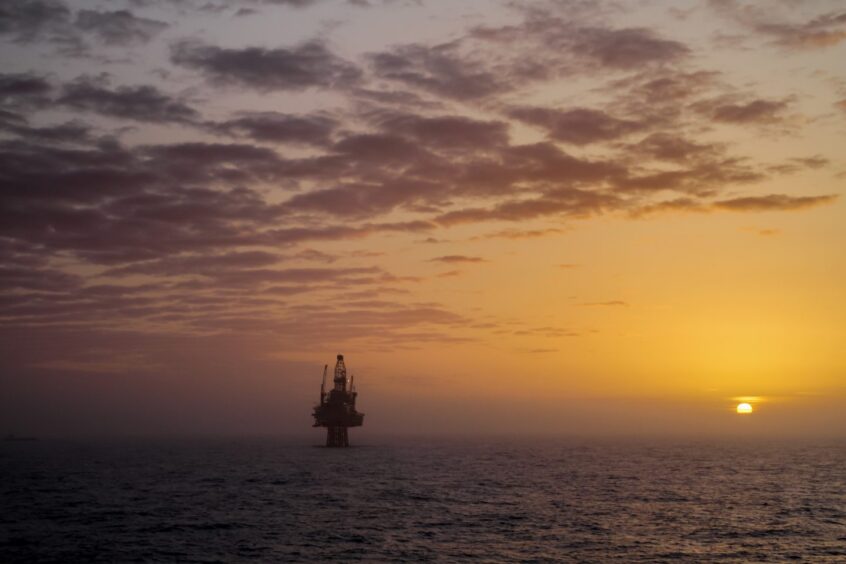
A controversial plan, which North Sea operators have warned will see platforms being shut down early, will be published later this week.
The final North Sea Transition Authority (NSTA) document – known as the “OGA Plan” – will be brought out on Wednesday, according to operations director Tom Wheeler.
A draft version of the plan opened to consultation in October and has since been flagged as an area of “serious concern” for the industry, who said it will see dramatic acceleration of shutdowns.
Provisions in the draft document require hubs to be electrified or electrification-ready for any new oil and gas projects being planned or face sanctions.
Many operators see this complex and costly process of replacing diesel or gas generators for power as too high a hurdle for those assets with limited remaining production life – the majority of those in the UK sector.
The draft plan also set out a requirement for any older assets which are 50% above the average basin carbon intensity to set out a cessation of production date.
Mr Wheeler told a Westminster forum on Monday that the final document is days away.
He said: “In truth, the plan really codifies what we’re already doing around things like electrification, reducing venting and flaring from platforms, driving investment in emissions reduction initiatives and encouraging the early decommissioning of our most polluting platforms.”
NSTA plan and transition deal: Carrot and stick
The move comes amid concerns that operators are not going to hit emissions reduction targets for the UK North Sea.
This plan differs from what was already in place – the North Sea Transition Deal – a quid pro quo agreement signed between government and industry three years ago.
While industry will still work towards those goals, this will enshrine emissions-busting targets within the regulator’s strategy, which itself is underpinned by legislation.
The move was last month compared to the “carrot and stick approach” by legal firm Shepherd and Wedderburn at Energy Voice’s Future North Sea event.
Several fines have been issued by the NSTA to operators which have breached emissions standards, but have generally been small in comparison with the global profits of those firms.
‘Chronic decline’ of spend to keep hubs going
Mr Wheeler said the problem the NSTA faces is that investment in emissions reduction goes hand-in-hand with the need for new oil and gas projects.
They “have to be tied to profitable developments in oil and gas projects because, without them, investors won’t bring forward the money that they need to do the emissions savings,” he said.
Despite reasonably healthy projected spending this year – about £15bn across exploration, production and decommissioning – spend on lower profile work to keep platforms going, like infill drilling, is in “chronic decline”.
Mr Wheeler said: “These big investments have masked what now looks like quite a chronic decline in the lower-profile sustaining capex projects like infill drilling, well workovers and investments in processing kit which can bring on small volumes of new production.
“Without either of those investments in new developments or sustaining capex projects, production from the north sea is going to decline more sharply than we anticipate at probably just less than 10% per annum, with gas declining quicker than oil.”
Mr Wheeler stopped short of answering an audience question on the impact of the windfall tax in investment due to the NSTA’s role as under the UK Government.
However trade body Offshore Energies UK (OEUK) has previously said 90% of operators have slashed investment due to the policy.
Meanwhile there will be continued impacts on emissions if the investment landscape doesn’t improve, said Mr Wheeler.
Many platforms originally designed for 100,000 barrels per day are now producing a tenth of that – but still with the same level of emissions.
“Without investment, there is no doubt at all that that emissions intensity of our basin is going to go markedly worse which will make it even less sustainable as an industry going forward.”
Recommended for you


